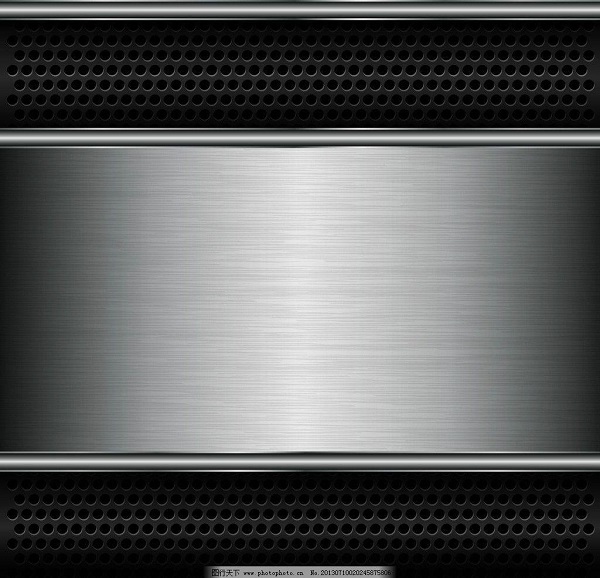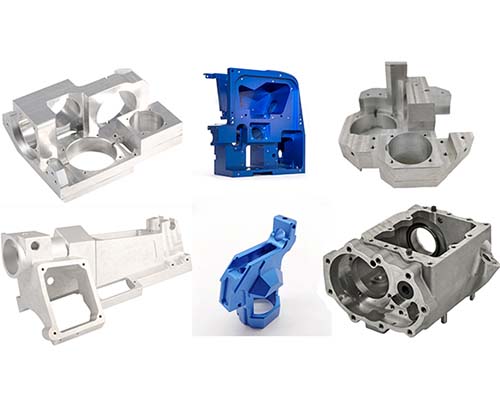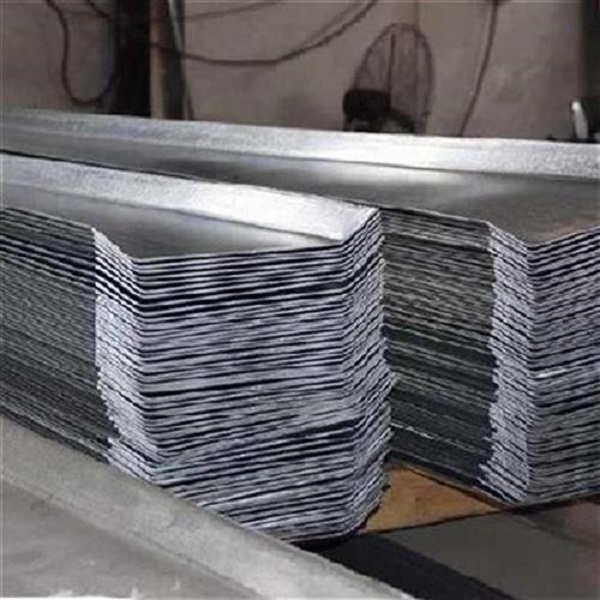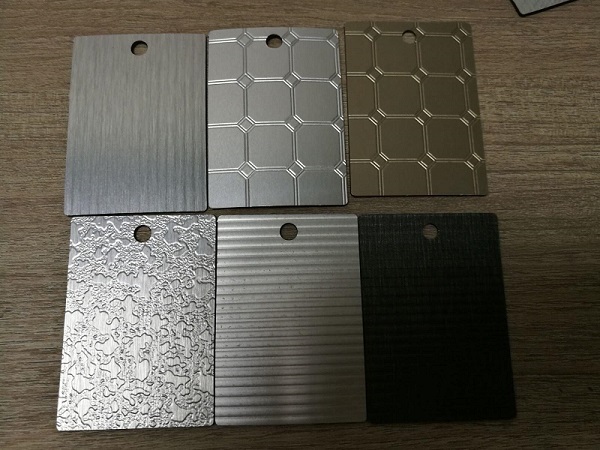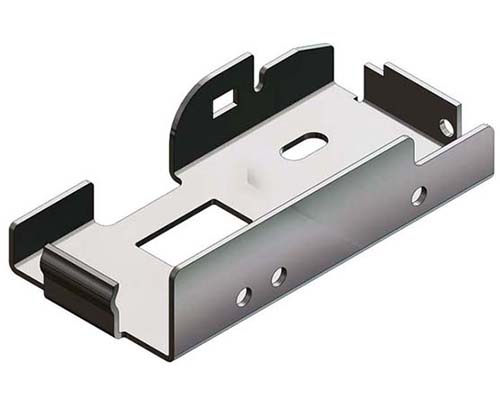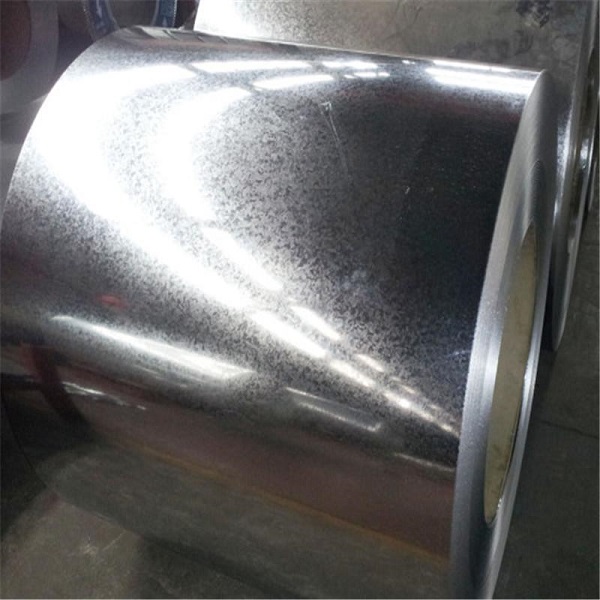If you’re in manufacturing, construction, or any industry that relies on metal components, you’ve probably asked: What exactly are sheet metal solutions, and how do I choose the right ones for my project? Simply put, sheet metal solutions refer to the full range of services, processes, and products that transform flat metal sheets (like steel, aluminum, or copper) into custom-shaped parts, structures, or assemblies. This includes everything from design and cutting to bending, welding, finishing, and even installation. The goal is to create durable, precise, and cost-effective metal components that meet your specific functional and aesthetic requirements. Whether you need a single prototype or high-volume production runs, the right sheet metal solution can save you time, reduce waste, and ensure your final product performs as intended.
What Types of Sheet Metal Solutions Are Available?
Sheet metal solutions aren’t one-size-fits-all—they’re tailored to different project goals, materials, and production volumes. Below are the most common categories, each with unique processes and use cases to help you identify which aligns with your needs.
1. Custom Fabrication Solutions
Custom fabrication is the backbone of sheet metal work, focusing on creating one-of-a-kind or low-to-medium-volume parts that match exact design specifications. This solution is ideal for projects where standard off-the-shelf parts won’t work, such as specialized machinery components, architectural features, or prototype development.
Key processes in custom fabrication include:
- CNC Punching: Uses computer-controlled machines to punch holes, slots, or cutouts in sheet metal with high precision (tolerances as tight as ±0.005 inches). Perfect for parts like electrical enclosures or bracket mounting holes.
- Laser Cutting: Employs a high-powered laser to cut through metal sheets (thicknesses from 0.001 inches to 1 inch or more), producing smooth edges and complex shapes without tool wear. Ideal for intricate designs, like medical device components or decorative metal panels.
- Press Brake Bending: Uses a machine to bend sheet metal into angles, channels, or U-shapes. For example, bending aluminum sheets into HVAC ductwork or steel into structural supports for industrial equipment.
Real-World Example: A small robotics company needed a custom housing for a new sensor. A sheet metal fabricator used laser cutting to create the housing’s intricate vent patterns and press brake bending to form its box-like shape. The result was a lightweight, durable component that fit the sensor perfectly—something standard parts couldn’t achieve.
2. High-Volume Production Solutions
For projects requiring thousands or millions of identical parts (like automotive components or consumer electronics), high-volume production solutions prioritize speed, consistency, and cost efficiency. These solutions use automated processes to minimize human error and reduce per-unit costs.
Common high-volume processes include:
- Stamping: Uses a die (a custom metal mold) and a press to shape sheet metal at high speeds (up to 1,000 parts per minute). Used for making parts like car door panels, battery casings, or appliance knobs.
- Roll Forming: Bends sheet metal into continuous, uniform shapes (like pipes, channels, or trim) as it feeds through a series of rollers. Ideal for long parts, such as roof panels for commercial buildings or conveyor belts.
- Automated Welding: Uses robots to weld sheet metal parts together, ensuring consistent joint strength and reducing labor time. Common in automotive manufacturing for assembling chassis components.
Key Data Point: According to the Fabricators & Manufacturers Association International (FMA), stamping processes can reduce per-unit costs by up to 30% compared to custom fabrication for volumes over 10,000 parts. This makes it a cost-effective choice for large-scale projects.
3. Finishing and Assembly Solutions
Even the best-cut or bent sheet metal needs finishing to enhance durability, appearance, or functionality. Finishing solutions protect against corrosion, improve aesthetics, or add special properties (like electrical conductivity). Meanwhile, assembly solutions combine multiple sheet metal parts into a complete product.
Popular finishing processes:
- Powder Coating: Applies a dry powder (usually polyester or epoxy) to sheet metal, then cures it with heat to create a hard, scratch-resistant finish. Used for outdoor furniture, toolboxes, or automotive frames.
- Anodizing: Converts the surface of aluminum sheet metal into a protective oxide layer, which can be dyed in various colors. Common in consumer electronics (like smartphone casings) or architectural trim.
- Plating: Adds a thin layer of metal (like chrome, nickel, or zinc) to sheet metal to improve corrosion resistance or conductivity. Used for electrical connectors or decorative parts.
Assembly processes often include:
- Riveting: Joins parts with metal rivets (permanent fasteners) for strong, vibration-resistant connections (e.g., airplane fuselage components).
- Brazing/Soldering: Uses a molten metal alloy to join parts without melting the base metal, ideal for electrical components or heat-sensitive parts.
- Snap-Fit Assemblies: Designs parts with built-in tabs or slots that snap together, eliminating the need for fasteners. Common in consumer products like toys or electronics enclosures.
How to Choose the Right Sheet Metal Solution for Your Project?
Selecting the best sheet metal solution isn’t just about picking a process—it’s about aligning the solution with your project’s goals, budget, and constraints. Follow this step-by-step guide to make an informed decision.
Step 1: Define Your Project Requirements
Start by answering these critical questions to narrow down your options:
- What’s the end use of the part? Will it be exposed to weather (requiring corrosion resistance), carry heavy loads (needing high strength), or be visible (demanding a smooth finish)? For example, a sheet metal part for outdoor signage needs powder coating or anodizing, while a structural bracket needs high-strength steel and welding.
- What material are you using? Different metals work better with specific processes. For instance, aluminum is easy to laser cut and anodize, while stainless steel is ideal for welding but harder to bend. The table below breaks down common materials and their compatible solutions:
| Material | Best for Custom Fabrication? | Best for High-Volume Production? | Recommended Finishes |
| Aluminum | Yes (laser cutting, bending) | Yes (stamping, roll forming) | Anodizing, powder coating |
| Steel (Mild) | Yes (CNC punching, welding) | Yes (stamping, automated welding) | Powder coating, zinc plating |
| Stainless Steel | Yes (laser cutting, welding) | Limited (harder to stamp) | Passivation, electropolishing |
| Copper | Yes (bending, soldering) | No (soft, prone to deformation) | Plating, patina finishes |
- What’s your production volume? A prototype (1–10 parts) will likely use custom fabrication (laser cutting, manual bending), while a production run of 50,000 parts will benefit from stamping or roll forming.
- What are your budget and timeline? Custom fabrication is faster for small volumes but more expensive per part. High-volume processes have higher upfront costs (for dies/tooling) but lower per-unit costs—ideal if you can wait for tooling setup (usually 2–4 weeks).
Step 2: Evaluate Provider Capabilities
Not all sheet metal shops offer the same solutions. When choosing a provider, verify:
- Process Expertise: Do they specialize in your needed process? For example, a shop that excels at custom laser cutting may not have the equipment for high-volume stamping.
- Quality Certifications: Look for certifications like ISO 9001 (quality management) or AS9100 (aerospace manufacturing) to ensure consistent quality.
- Material Sourcing: Can they source the exact metal you need (e.g., 6061 aluminum for lightweight parts or 304 stainless steel for corrosion resistance)?
- Lead Times: Do their timelines align with your project deadline? Custom fabrication may take 1–2 weeks, while high-volume production with tooling can take 4–6 weeks.
Real-World Example: A medical device company needed 500 custom instrument trays. They initially considered stamping but realized the upfront die cost (\(10,000) wasn’t justified for 500 parts. Instead, they chose a provider with laser cutting and powder coating capabilities, which delivered the trays in 10 days at a lower total cost (\)8,000).
Step 3: Test with Prototypes (When Possible)
Before committing to full production, especially for complex parts, order a prototype. This lets you:
- Check fit and functionality: Does the part work with other components in your assembly?
- Evaluate finish: Is the coating or plating durable and visually consistent?
- Identify design flaws: Can the process be adjusted to reduce waste or improve strength?
Most sheet metal providers offer prototype services at a reasonable cost (often \(100–\)500 per part), which can save you time and money by avoiding costly production mistakes.
What Are the Latest Trends in Sheet Metal Solutions?
The sheet metal industry is constantly evolving, driven by new technologies, sustainability goals, and changing customer needs. Staying updated on these trends can help you choose solutions that are efficient, eco-friendly, and future-proof.
1. Automation and AI Integration
Automation isn’t new to sheet metal work, but recent advances in AI are taking it to the next level. AI-powered systems can:
- Optimize cutting paths: Reduce material waste by up to 15% by calculating the most efficient way to nest parts on a metal sheet.
- Predict maintenance: Monitor machine sensors to detect potential issues (like worn laser lenses) before they cause downtime.
- Improve quality control: Use computer vision to inspect parts for defects (like uneven bends or missing holes) faster than human inspectors.
Key Data Point: A study by the International Federation of Robotics (IFR) found that sheet metal factories using AI-driven automation saw a 22% increase in productivity and a 18% reduction in defects between 2022 and 2024.
2. Sustainable and Eco-Friendly Solutions
As industries focus on reducing their carbon footprint, sheet metal solutions are becoming more sustainable. Key trends include:
- Recycled Materials: Many providers now offer sheet metal made from 100% recycled steel or aluminum, which uses 75% less energy to produce than virgin metal (per the Aluminum Association).
- Waterless Finishing: Processes like powder coating (which uses no water) are replacing wet painting, which generates harmful wastewater.
- Energy-Efficient Machines: New laser cutters and press brakes use up to 30% less energy than older models, reducing both costs and emissions.
For example, a construction company building a green office complex recently chose roll-formed roof panels made from recycled steel with a powder coating finish. This reduced the project’s carbon footprint by 25% compared to using virgin metal and wet paint.
3. Additive Manufacturing (3D Printing) for Sheet Metal
While 3D printing isn’t a replacement for traditional sheet metal processes, it’s increasingly used to complement them. 3D printing can create complex prototypes or small parts (like brackets or connectors) that are hard to make with cutting or bending. For example, a aerospace company used 3D printing to create a custom sheet metal adapter for a satellite, then used laser cutting to produce the larger structural components. This hybrid approach combined the precision of 3D printing with the speed of traditional sheet metal work.
Yigu Technology’s Perspective on Sheet Metal Solutions
At Yigu Technology, we believe sheet metal solutions should be more than just “making parts”—they should be a partnership to solve your unique challenges. We’ve seen firsthand how the right solution can transform a project: from helping a startup launch a new product with fast prototypes to supporting a large manufacturer scale production with cost-effective stamping.
What sets effective sheet metal solutions apart, in our view, is collaboration. We work closely with clients from the design stage to optimize parts for manufacturability—this might mean adjusting a bend angle to reduce waste or recommending a different finish to improve durability. We also prioritize sustainability, offering recycled materials and energy-efficient processes to help clients meet their environmental goals.
Ultimately, the best sheet metal solution is one that aligns with your project’s needs, budget, and long-term objectives. Whether you’re working on a small prototype or a large-scale production run, partnering with a provider that understands your vision can make all the difference.
FAQ About Sheet Metal Solutions
1. How much do sheet metal solutions cost?
Costs vary widely based on process, material, volume, and complexity. For custom fabrication (1–100 parts), expect to pay \(50–\)500 per part. For high-volume production (10,000+ parts), costs drop to \(5–\)50 per part (after upfront tooling fees of \(5,000–\)20,000 for stamping). Finishing adds \(2–\)10 per part (e.g., powder coating is \(2–\)5 per square foot).
2. What’s the typical lead time for sheet metal solutions?
- Custom fabrication (prototypes or small volumes): 1–2 weeks.
- High-volume production (with tooling): 4–6 weeks (includes 2–4 weeks for tooling setup).
- Finishing: Adds 3–5 days to the timeline.
3. Can sheet metal solutions handle complex designs?
Yes—modern processes like laser cutting and CNC bending can create highly complex shapes with tight tolerances (±0.005 inches). For extremely intricate designs (e.g., parts with small holes or sharp angles), work with your provider to optimize the design for manufacturability (e.g., avoiding holes smaller than the material thickness).
4. Which material is best for my sheet metal project?
It depends on your needs:
- Aluminum: Lightweight (1/3 the weight of steel), corrosion-resistant, ideal for aerospace or consumer electronics.
- Mild Steel: Strong, low-cost, good for structural parts (e.g., brackets, frames).
- Stainless Steel: Highly corrosion-resistant, ideal for food processing or medical equipment.
- Copper: Excellent conductivity, used for electrical components (e.g., wires, connectors).
5. How do I ensure the quality of my sheet metal parts?
Choose a provider with quality certifications (ISO 9001, AS9100), request a prototype to test fit/finish, and ask for quality control reports (e.g., dimensional checks, coating thickness tests). Most reputable shops will also offer warranties (1–5 years) on their work.
